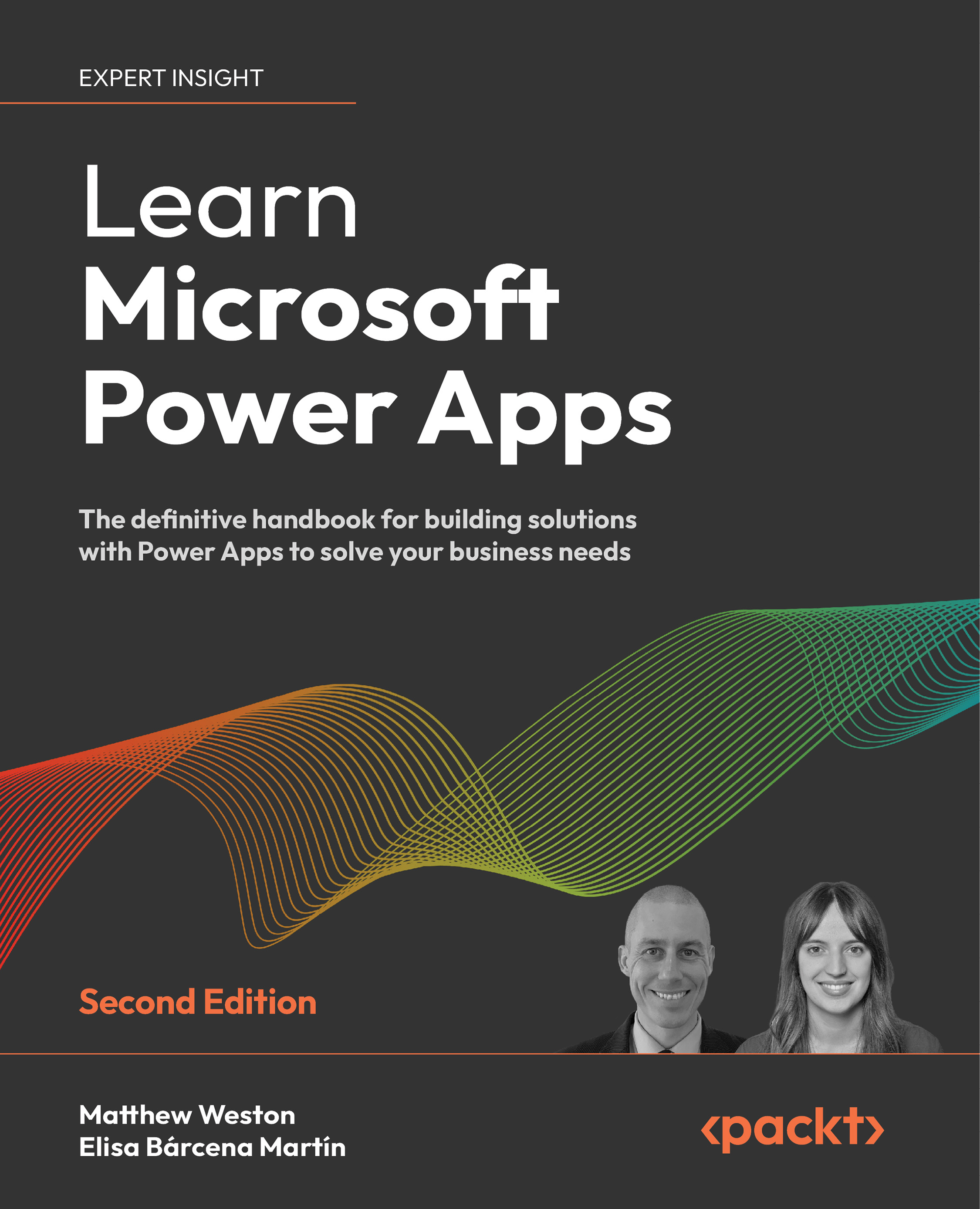In its most simple form, an environment is an area that contains and allows you to store and share business data, apps, and other services within the Power Platform. They fulfill an important role in the security and separation of apps, especially if the apps have different intended audiences, or the data needs to be completely isolated from anything else, or if you want to apply different policies to control what users are doing.
Every tenancy will already have one environment created, the default environment, where all apps and flows are created.
A tenancy is the organizational instance of Microsoft 365 that serves all of the various applications.
All users who are licensed to use Power Apps and Power Automate automatically get maker access to this environment, which means that they can immediately start building, creating, and sharing connections. Microsoft refers to the default environment as the personal productivity environment...



 Free Chapter
Free Chapter
